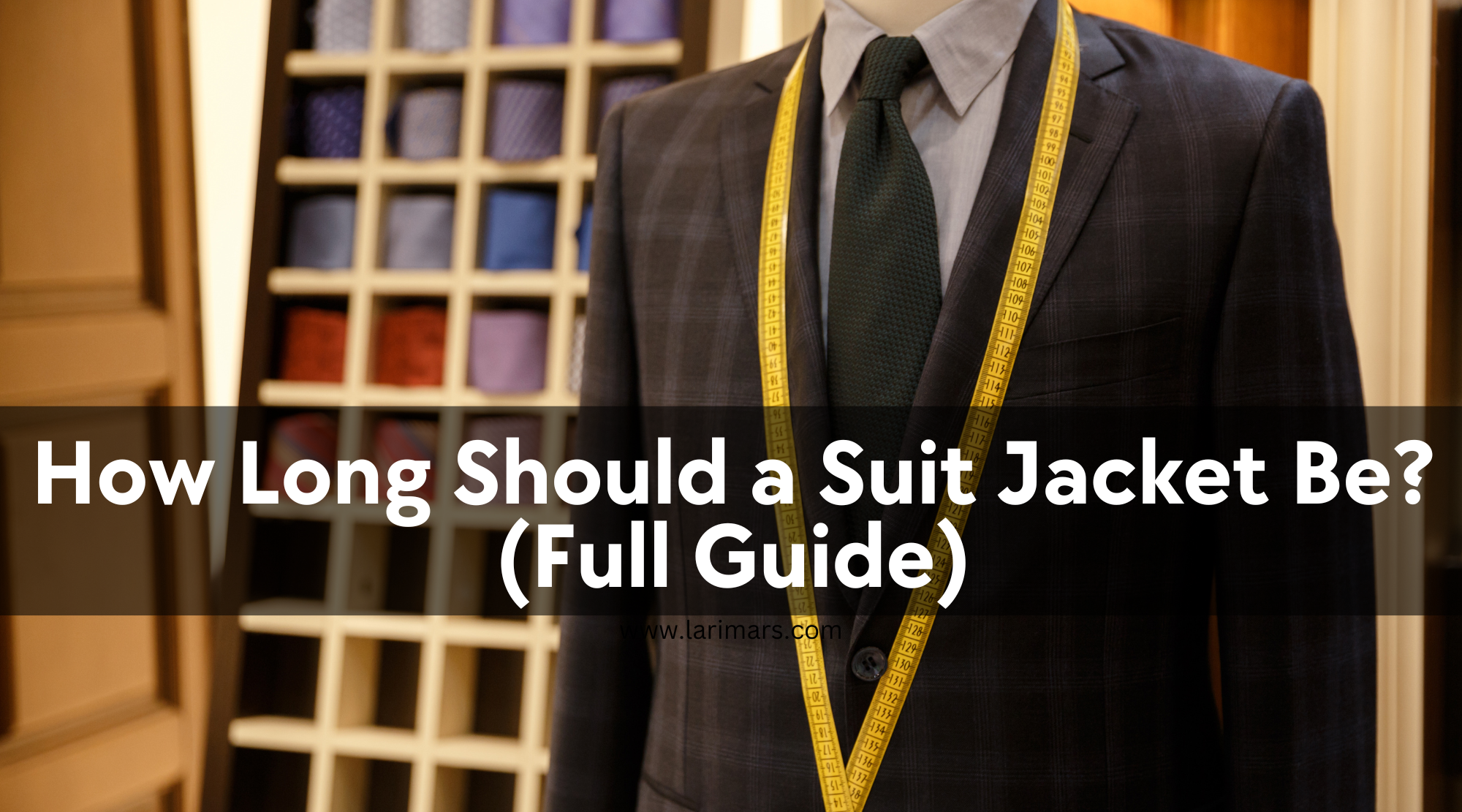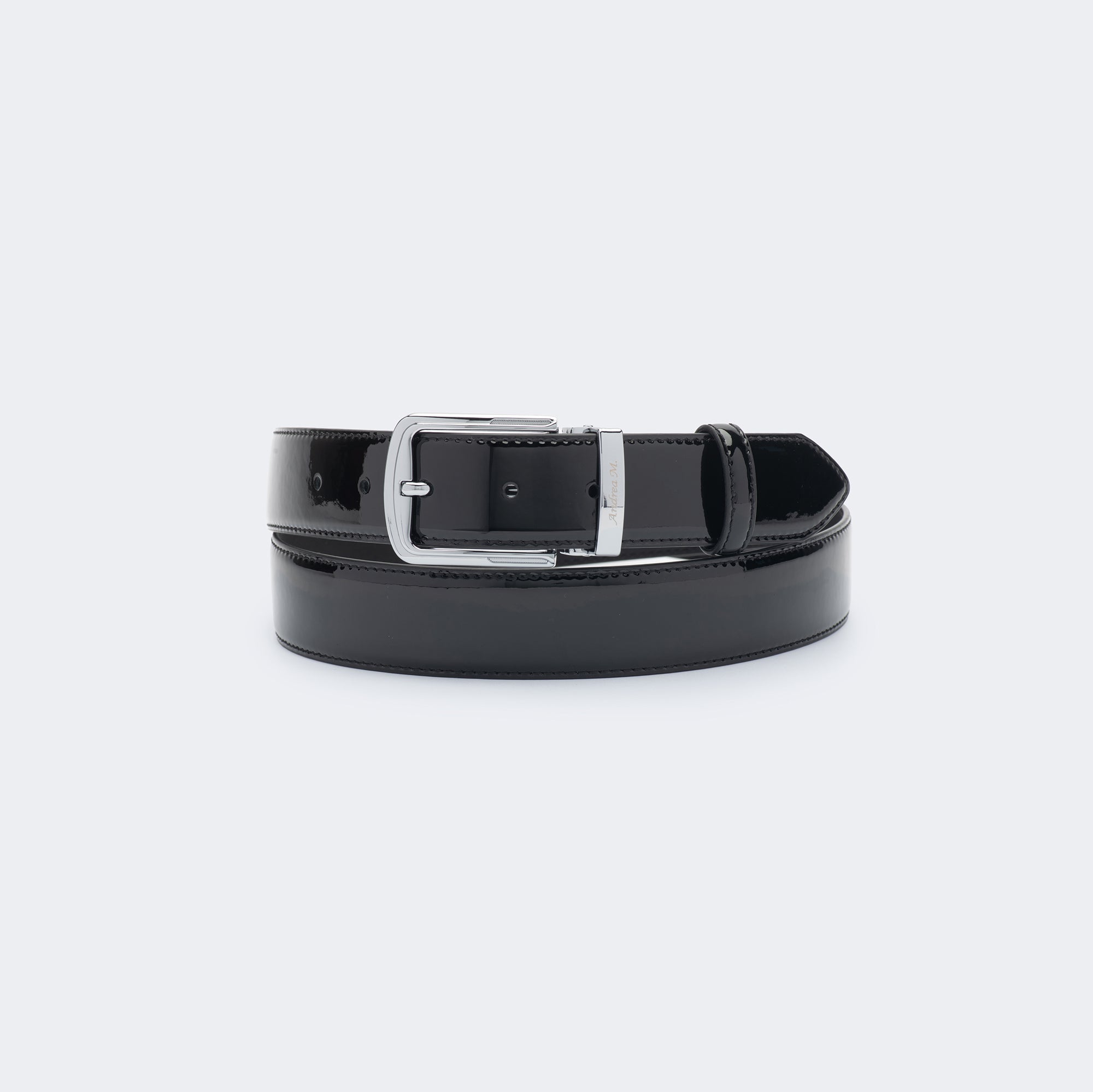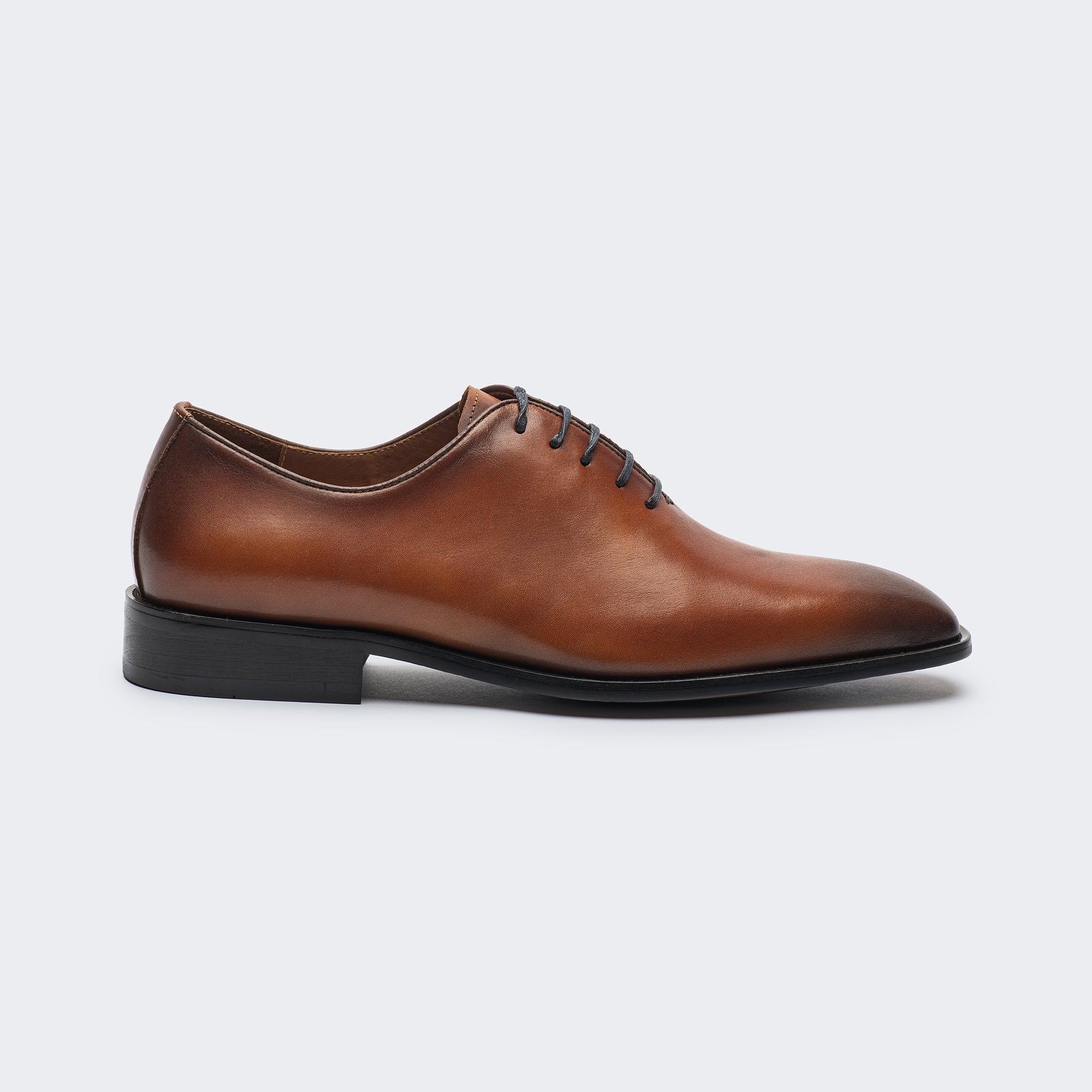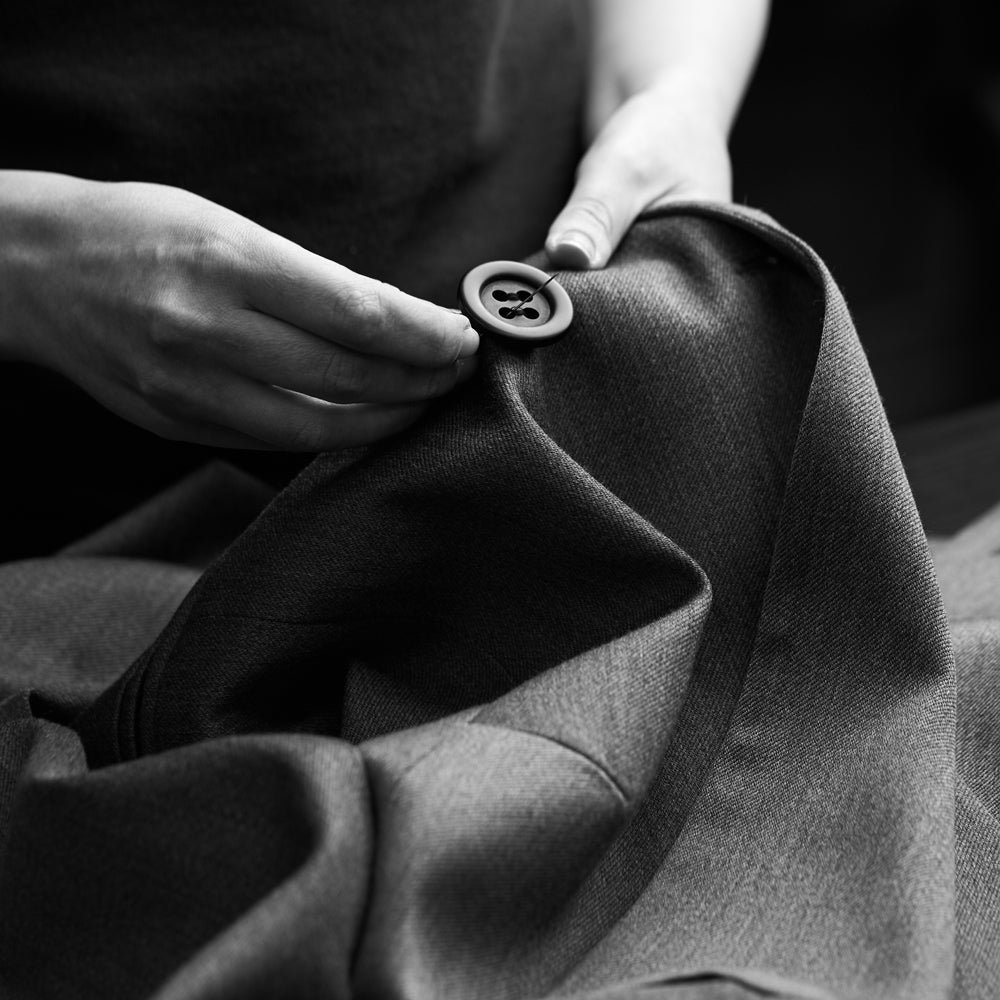
How Long Should a Suit Jacket Be? (Comprehensive Guide)
When tailoring a suit, the most common question asked is, how long should my suit jacket be? The length matters a lot and can affect your overall appearance. A suit jacket that is well-fitted and compliments your body portion can undoubtedly make you appear taller and more masculine. In this article, I will explain how long should a suit jacket be and why the length matters. I will also explore various factors that determine the length of your suit jacket; therefore, keep reading this interesting guide to find out tips and tricks when determining the proper length. Let’s start!

How Long Should a Suit Jacket Be? (Comprehensive Guide)
Before proceeding with the main topic, let me tell you one important thing: the length of the suit jacket undoubtedly plays a very crucial role in your overall appearance. A jacket that is too short or too long can disrupt your natural proportion and make you look rather awkward. Therefore, before deciding to tailor your suit jacket, you must understand your own body type and personal style. So let's come to our main concern: how long should a suit jacket be? In general, your suit jacket must cover approximately 80% of your rear and crotch area. Additionally, when it comes to the length of the suit jacket, there are certain rules you must follow. The first rule is known as the "Rule of Thumb," which proposes that the bottom or hem of the jacket should gently graze the lower knuckle of your thumb. However, keep in mind that this rule might not work for you because not every man has arms of identical length. Therefore, in such a case, you can use the second rule. The second rule is called the "Seat Rule," which suggests that your suit jacket must at least cover 3/4 of your pant seat area. Additionally, if you want to go for a more formal look, you can choose complete seat coverage. However, remember that covering at least 3/4 ensures that the jacket does not look too cropped. In the end, the length of your jacket can vary approximately 1/4 inch in either direction. Nevertheless, once you have found your ideal jacket length, you can confidently follow that measurement throughout your suit-wearing days.
Read More: Choosing The Perfect Tie
Factors That Determine Your Suit Jacket Length
Multiple factors determine the length of your suit jacket. The following are the factors:
Height
I will say that height is the most important factor that affects your suit's jacket length. If your height is short, then a short jacket is the most appropriate choice for you. A shorter jacket will emphasize your height and physique, which will make the overall appearance more attractive. Average height person can go for a suit jacket that covers their seat completely. Fortunately, average-height people have more flexibility in choosing the jacket's length. On the other hand, if you are tall, you can opt for a slightly longer jacket that can extend 0.5 or 2 inches just below the end of your buttocks.
Events or Occasions
Multiple occasions or events have certain dress codes that you must follow. Business settings demand individuals to wear suit jackets that end around the hip area. On the other hand, if you are planning on going to any casual events, you can opt for a jacket with a slightly shorter length. When tailoring your suit jacket, you must also consider unique body proportions, such as the length of your legs and torso. If you have a shorter torso and longer legs, you can select a slightly longer suit jacket to create a more balanced look and enhance your torso. However, if you have shorter legs and long torso, you can wear a slightly shorter jacket and high-rise pants. This will make your legs appear longer.
Read More: How To Fold & Pack a Suit Jacket?
FAQs
What length should a suit jacket be?
The length of your suit jacket should reach the lower knuckle of your thumb. From the back side, the jacket should effectively cover your rear end without extending beyond it. To determine the length of your suit jacket, you can follow the rules, including the rule of thumb and seat rules.












